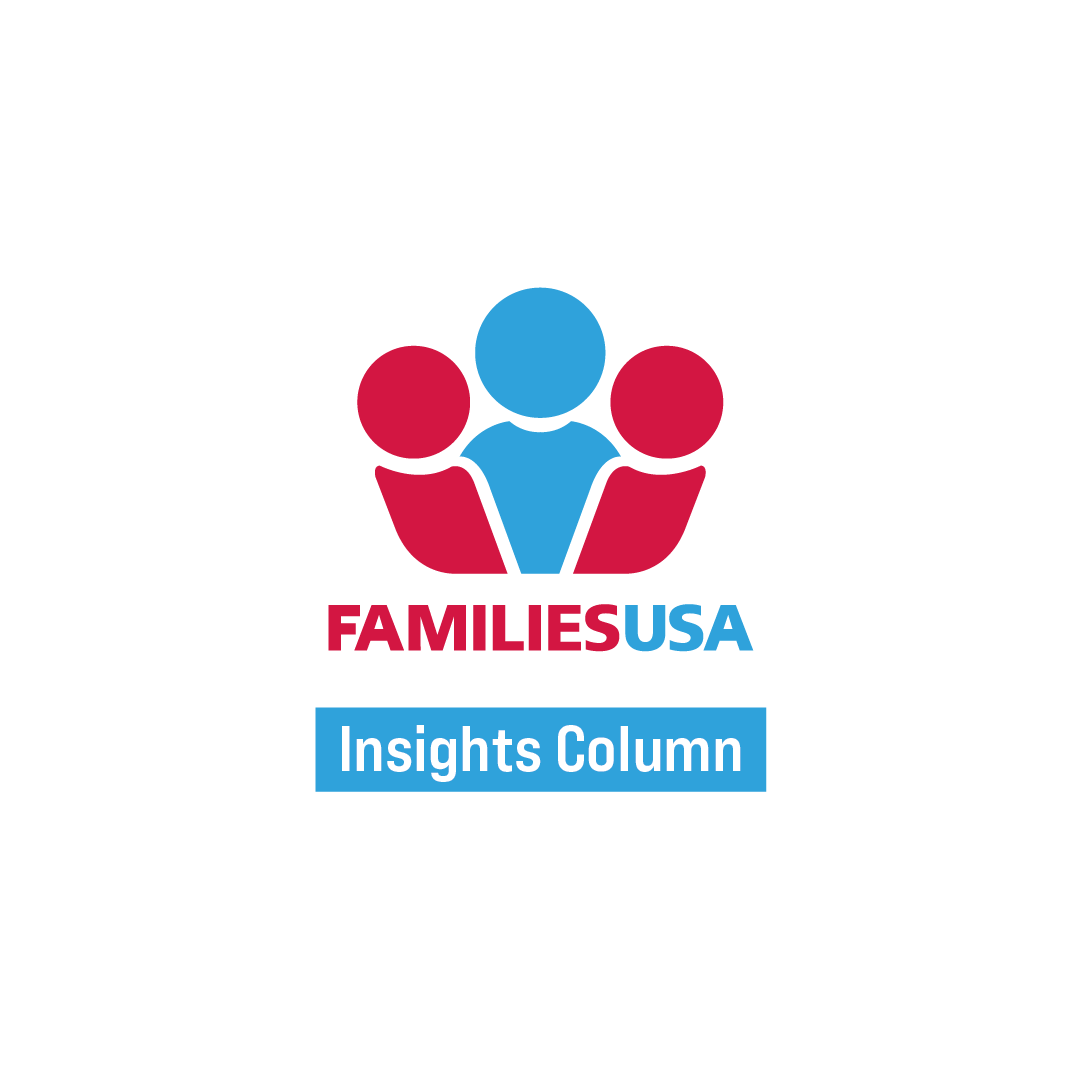
100 Days of Harm to Health Coverage and Care
05.01.2025
We are 100 days into President Trump’s second term. This administration came in with promises of advancing affordability and providing economic security for working Americans. Early on, President Trump repeatedly stated he would not harm Medicare or Medicaid. But actions speak louder than words, and after 100 days we can review the actions this administration has taken — and not taken — to build a clear picture of President Trump’s agenda on health care.
Let’s break it down:
Undermining Access to Affordable Health Care Coverage
Those who rely on the Affordable Care Act (ACA) for coverage are once again under siege from this administration. Even if the President or Congressional leaders don’t use the words “repeal and replace” — the cuts they propose are of the same scale, in terms of funding cuts and people losing coverage. It’s repeal, but without a replacement.
Speaker Johnson and other Republicans in Congress explicitly talk about rolling back the funding and coverage for low-income workers, who the ACA expanded coverage to, leaving potentially 20 million Americans uninsured — living sicker, dying younger, and being one emergency away from financial ruin.
Rather than trying to repeal the law again, which failed back in 2017, this time President Trump is using the budget process, and the regulatory process, to roll back key provisions that help people enroll in affordable health plans.
In May, the administration proposed its so-called “marketplace integrity” rule, which, if finalized, will increase premiums and make it harder for certain groups of people to get covered through the ACA. This would include:
- Reducing premium tax credits and letting insurers raise out-of-pocket charges, which would raise the cost of health coverage by hundreds of dollars.
- Eliminating access to premium tax credits for DACA recipients. These are people who know no other home than the U.S. and are trying to buy private coverage to get the same help as others — no more, no less.
- Limiting enrollment opportunities for people whose incomes rise just above poverty and making it harder for others to enroll by shortening the enrollment period.
- Making it harder for states to declare special eligibility enrollment windows, such as for emergencies like the Los Angeles wildfires or North Carolina floods.
We should be working to make health care more affordable and more accessible for people in this country and simply put, this rule does the opposite. Families USA joined tens of thousands of commenters from a wide array of stakeholders to share our disapproval of this rule.
On top of that, this regulation is a key signal that the Trump administration does not plan to extend tax credits that are currently in place to help 20 million Americans afford their monthly health insurance premiums. If President Trump and Republicans allow these critical tax credits to expire, the average yearly premium increase for people who buy coverage in the marketplace will be $700, and the spike for many older individuals and couples would be thousands of dollars. The Congressional Budget Office (CBO) estimates that four million Americans would lose their health insurance.
Republican leaders could take action to extend these tax credits at any time, but they have failed to do so this year and time is running out. For an administration elected on promises of affordability, it’s ironic that one of its most visible impacts will be a massive spike in health premiums.
Dismantling Our Health Care Programs by Laying Off Thousands of Workers and Freezing Federal Funding
In just 100 days, President Trump and Elon Musk have cut our health programs off at the knees with mass firings of federal workers and funding freezes, imperiling the basic function of core programs. The remaining federal workers are performing heroically, in spite of the efforts to demonize and demoralize them, but we are starting to see the impacts in the short and long times from everything from customer service to core services. This includes increased wait times at the Social Security and Medicare offices where people get their benefits processed, go to ask questions, or file an appeal.
The Trump administration has proposed a radical reduction in key functions — whether the basic work of tracking diseases, providing community-based care for seniors and people with disabilities, proven prevention efforts around smoking, HIV, and other chronic conditions, or the foundational infrastructure to quickly and safely approve life-saving medications. The funding freezes are devastating to the research needed to find new cures but also new public health strategies to address health issues.
Forcing Deep Cuts to Medicaid Program through Congress
With Congress back in town this week, all eyes turn back to perhaps the most devastating effort, as Republicans in Congress charge toward making deep cuts to Medicaid, despite the loud and growing chorus of Americans calling on them to stop. We know the House Energy and Commerce Committee are seeking to cut hundreds of billions of dollars out of the program — cuts that will then force states to make an unholy choice between throwing people off coverage, eliminating benefits, or slashing provider payments.
A massive cut to Medicaid will impact the nearly 40% of children in this country who are covered by Medicaid, the two-thirds of nursing homes residents covered by Medicaid, the veterans who get more care from Medicaid than the VA, and the low-income working individuals and families who would become uninsured, live sicker, die younger, one emergency from financial ruin.
And let’s be clear, this impacts all of us, because if the local hospital closes, it doesn’t matter if you have Medicaid or insurance through your job, you will lose access to critical care. However you get your coverage, whoever you voted for, you and your health care will be impacted by these decisions.
Conclusion
We would be remiss in our list of one hundred days of health care harm if we didn’t acknowledge the specific cruel attacks on the health and livelihood on specific communities. Trump’s second administration so far has been defined by cruel attacks on specific groups of people — whether immigrants, LGBTQ+ people and especially the trans community, women and their reproductive health, or low-income and working-class families who use Medicaid for their health care coverage. But these attacks will impact all of us.
The same rule that removes gender affirming care from essential benefits, or that would remove tens of thousands of young immigrants from the ACA marketplaces, is the same rule that would raise out-of-pocket costs and premiums for everyone. The same lawsuit against an HIV drug is a lawsuit against preventive care for everyone.
Many of the administrative and executive actions of the first hundred days go well beyond the normal policy shifts of new presidents, undoing critical health infrastructure built over decades.
And as destructive the first 100 days have been, destroying a generation of infrastructure, the potential changes through the budget pending in Congress in the second 100 days are worse — an existential threat to core coverage commitments to consumers. It would roll back not just the last five years or 15 years of the ACA, but the last 50 years of Medicaid. These changes need Congress to go along, and that’s the opportunity we have to stand up and fight back.
We must be very clear that gutting Medicaid, firing the people who run our health programs, refusing to extend premium tax credits, sabotaging the Affordable Care Act — any one of these things alone would be devastating, but together they are catastrophic for the health care system we all depend on.



